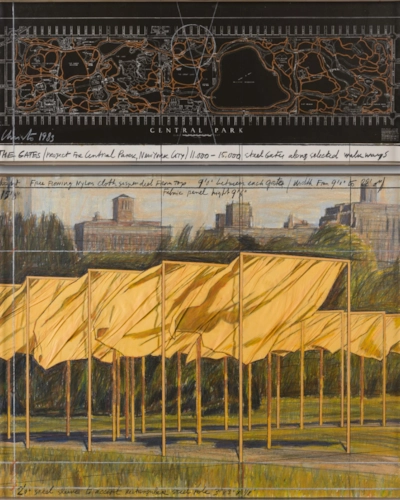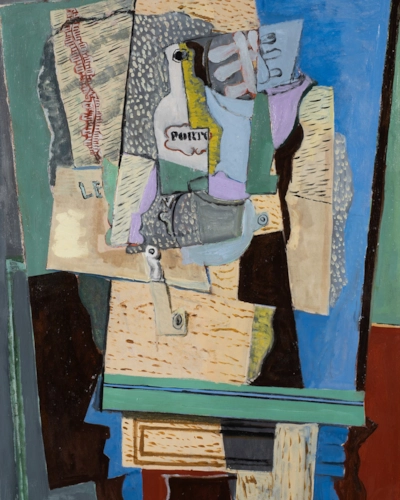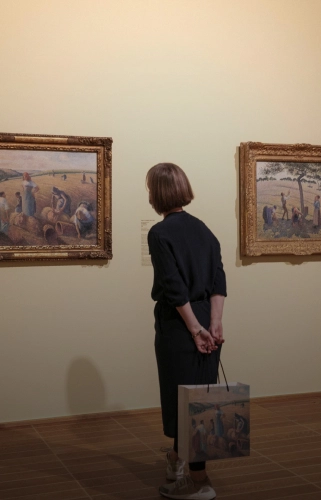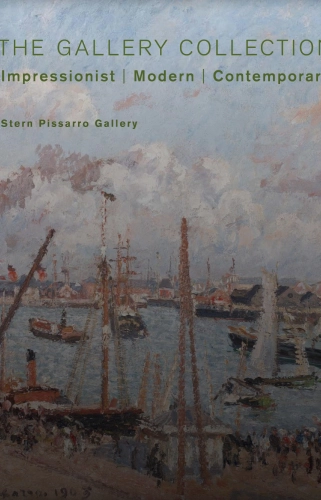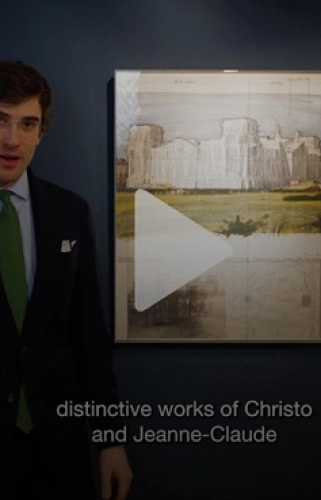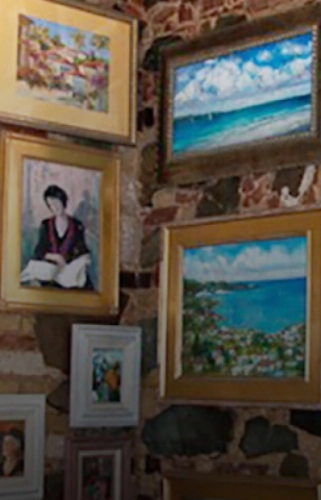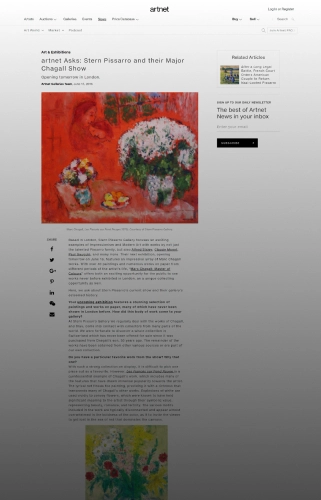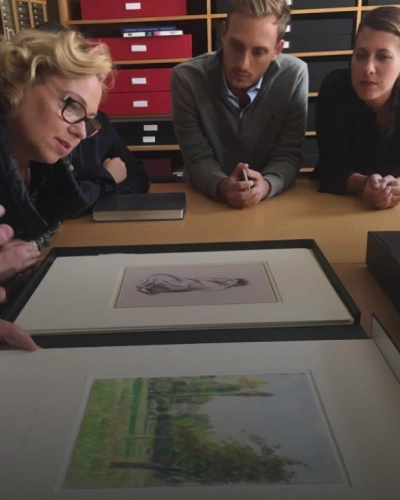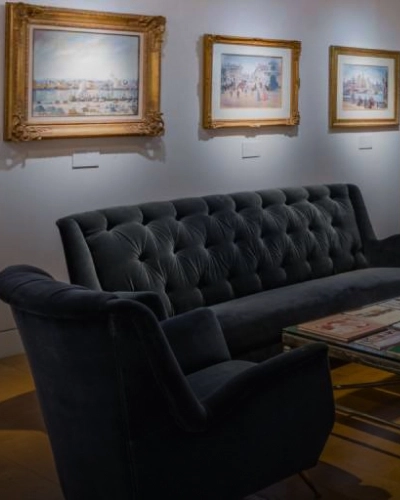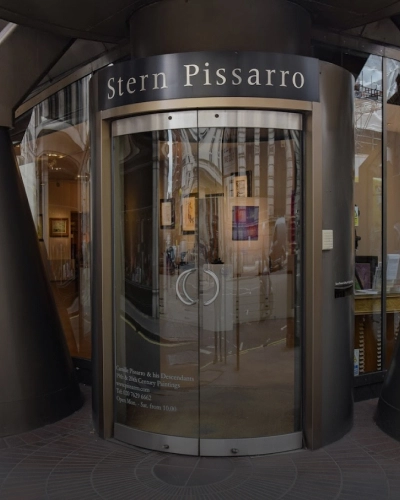Jim Dine
(b. 1935)
biography
Dine’s early recognition as an artist developed soon after he moved to New York in 1959 and created his “Happenings,” which were performative art pieces. Organised in collaboration with the artists Claes Oldenburg and Allan Kaprow, their goal was to create art that was interactive. This was partly a reaction to the seriousness and elitism of the Abstract Expressionism of Pollock, Rothko and De Kooning that still dominated the New York art scene. Dine explained, “we talked about it as painters’ theatre. It was a very exciting thing to be in. And, of course, show business is more exciting than art. People laugh, people cry, they clap.”
In the early 1960s, Dine moved away from performance art and began affixing everyday objects to his painted canvases. These three-dimensional objects were often his personal possessions and held sentimental value, such as tools, rope, garden tools, articles of clothing and even a bathroom sink. These creations were innovative hybrids of painting and sculpture and were a commercial and critical success. In this period, figures such as Rauschenberg, Johns, Krapaw and Red Grooms were challenging the predominance of Abstract Expressionism by creating unconventional works that combined painting and sculpture, appropriated mass media imagery and featured junk. By choosing to depict certain objects that were at once commonplace and sentimental, Dine created deeply personal and autobiographical works and also built on Marcel Duchamp’s “ready-mades,” to emphasise that all objects are worthwhile objects for artistic study. Dine has subsequently become associated with the objects that he chooses to revisit, particularly the stylised heart, the bathrobe, tools and Venus de Milo. He claimed that the heart was “a template for all my emotions,” frequently depicting Valentine hearts against a background of Abstract Expressionist brushwork. His famous, 12-foot-tall silicon bronze “Technicolour Heart” stands in Washington State University.
Today Dine’s work is found in public collections across the globe, including the British Museum and Tate Modern in London, the Centre Georges Pompidou, Paris, the Metropolitan Museum of Art, the MoMA and the Guggenheim Museum in New York, the San Francisco Museum of Modern Art and the Smithsonian American Art Museum in Washington. He has been the subject of numerous exhibitions and retrospectives, such as the 1970 retrospective at the Whitney Museum of American Art in New York, the 1978 MoMA retrospective of his etchings, and a retrospective of his drawings at the National Gallery of Art in Washington in 2004, to name a few.
biography
